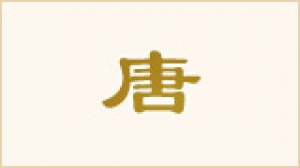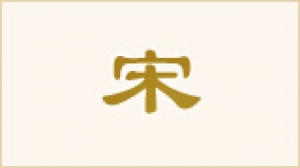“The long split will unite, the long united will split.”
This line from China’s classic novel Romance of the Three Kingdoms describes the changing nature of Chinese dynasties, which rise and fall in a pattern known as the dynastic cycle.
When the rulers of a dynasty cease to care for the people and power-hungry nobles split apart the states, it’s time for a new emperor to take the throne. This ruler is blessed by the Mandate of Heaven—a divine right to rule bestowed to one of great virtue. With the Mandate, he’s able to reunite the empire and establish a new reigning dynasty.
The new dynasty prospers under virtuous rule. Harvests are bountiful, arts flourish, and its people live in peace. But as time passes, rulers eventually lapse into corrupt ways, leading the empire into political, economic, and moral decline. Wars, natural disasters, and epidemics break out as warning. If the emperor chooses to ignore the danger, his people will suffer and his empire will collapse. In the end, the heavenly right to rule is passed on to the next virtuous dynasty, and the cycle begins anew.
Discover:






